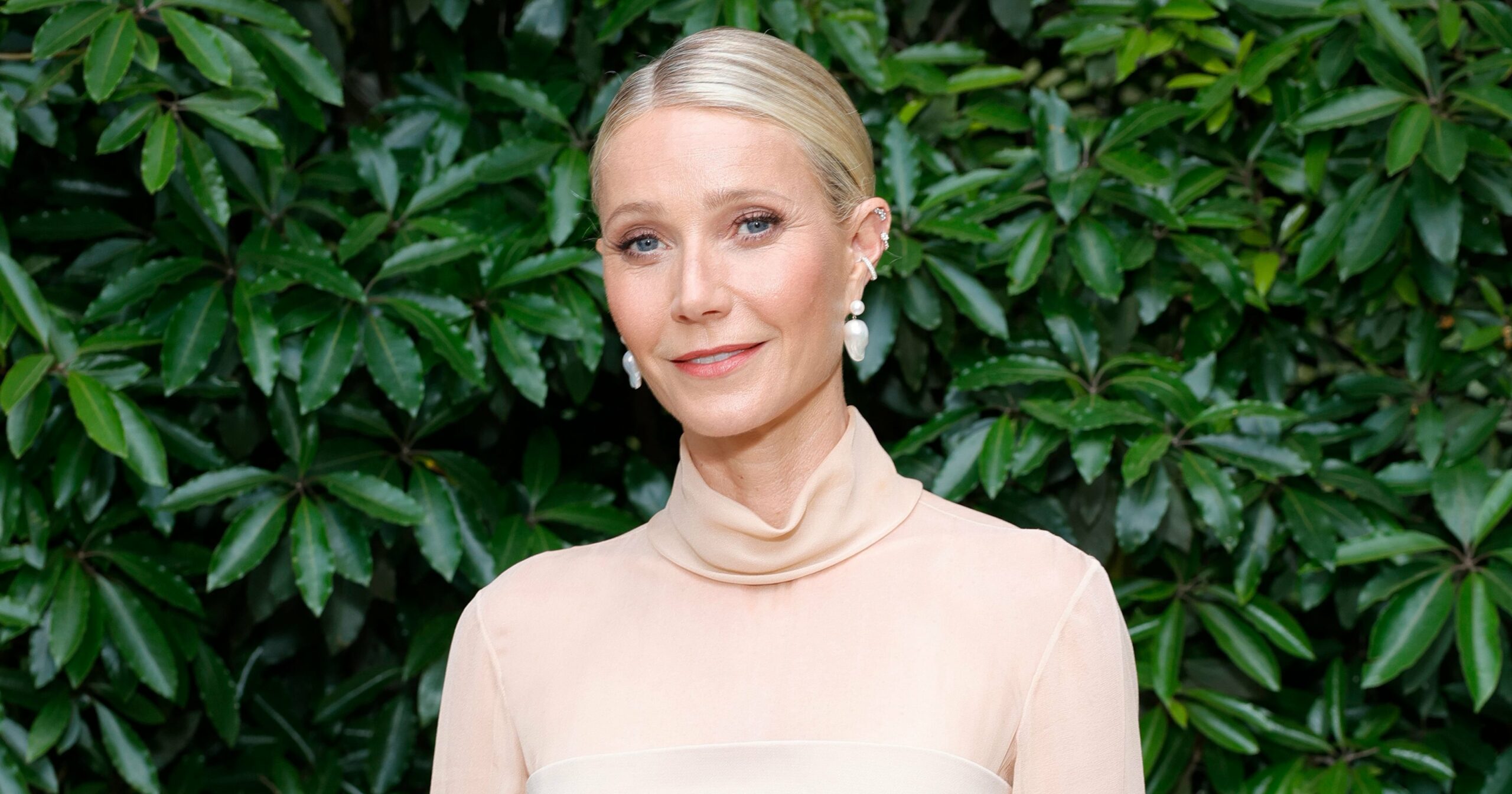When I first heard that Gwyneth Paltrow used a holistic plastic surgeon, my immediate question was, “WTF is that?” Of course, I know what a plastic surgeon is; as someone who writes about and researches beauty for a living, I’m well-versed when it comes to aesthetic procedures and treatments. However, when picturing a holistic plastic surgeon, I imagined someone performing surgery while reading tarot cards or something. Obviously, I was wrong.
The word “holistic,” as defined by Merriam-Webster, means “relating to or concerned with wholes or complete systems rather than with the analysis of, treatment of, or dissection into parts.” Holistic medicine takes into account everything that could potentially have an impact on your health, rather than focusing on just one part; it’s a way to treat the entire patient, rather than just one symptom or concern.
Let’s say your back hurts, for example. Rather than just prescribing you pain medication, a holistic approach would consider other underlying medical conditions, your lifestyle choices, and even your diet, among other things. Still, how exactly does a plastic surgeon approach medicine holistically? Ahead, we find out directly from Gwyneth Paltrow’s. Keep reading to learn more.
What Is a Holistic Plastic Surgeon?
“I was referred to as a holistic plastic surgeon while speaking at a multispecialty meeting earlier this year,” Julius Few, MD, a board-certified plastic surgeon who works with Paltrow, tells POPSUGAR. “This was done after I presented my experience combining surgical, nonsurgical, and naturopathic applications to improve outcomes for beauty. This included high-grade, medical skin care that took advantage of natural preservatives found in botanical medicine, dating back centuries.”
While ultimately, a holistic plastic surgeon will use many of the same instruments and treatments as other doctors – there’s no “holistic” alternative to Botox or a special “holistic” scalpel – there is a greater emphasis placed on pre- and post-care.
“Most plastic surgeons think of rejuvenation in terms of surgery or nonsurgical applications while not bearing in mind a patient’s lifestyle, [like] sleep, stressors, system health, and nutrition,” Dr. Few says. “I believe it is vital to incorporate wellness applications that have worked for centuries into modern applications to harness true synergy for thoughtful rejuvenation and prevention of unwanted age-related changes to the face, neck, and body.” For example, Dr. Few adds, “A good facelift will be much better with better skin care, better nutrition, and optimization of stress reduction.”
So, what does that actually look like in practice? Dr. Few says that after a procedure, he’ll make recommendations for medical-grade skin care consisting of botanical-rich serums, retinol, and CBD applications, as well as supplements such as bromelain, arnica, and collagen. “[This] has dramatically improved the recovery for patients after a facelift,” he says. “Additionally, skin enhancers, such as bio-stimulation to enhance collagen and elastin production by hyper-diluted calcium hydroxylapatite injection (a temporary dermal filler), have revolutionized a more holistic enhancement to one’s appearance.”
Typically, post-operation aftercare for a facelift would likely involve instructions to sleep on your back and restrict your activities. It would also probably involve pain medication and possibly antibiotics, instructions to drink lots of fluids, and how to properly care for your incision sites. On the other hand, a holistic approach might also consider your diet pre- and post-surgery to optimize healing, in addition to all of the factors traditional medicine covers.
So, does that mean that everyone could benefit from this philosophy regarding beauty procedures and routines? Probably, yes. “Any person wanting to live life to the fullest and [who] believes in nutrition and more natural approaches to life will want a more holistic approach,” Dr. Few says.




